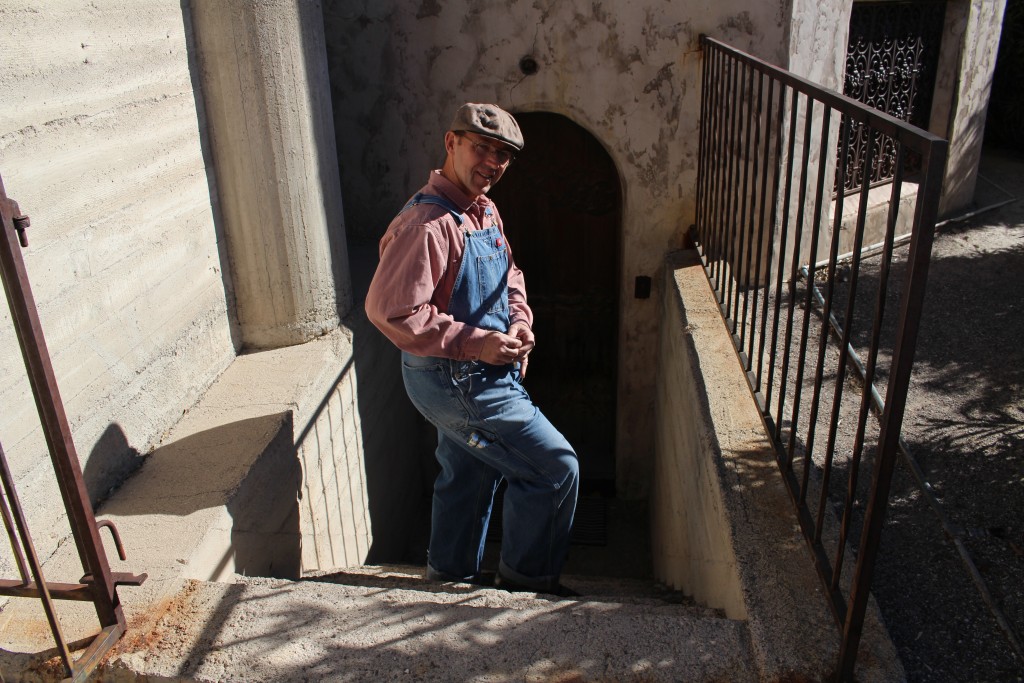
When Tom and I are at Scotty’s Castle, I give house tours, and Tom does the underground tours. The house tours give the why, who, when and what of Scotty’s Castle. The underground tours give the how: they describe the technology of the house.
Scotty’s Castle was built in the middle of Death Valley from 1922 to 1929. At this time most homes, especially homes in the desert, did not use much technology. But Scotty’s Castle was built by a wealthy engineer, Albert Johnson, and so it has all the latest cutting edge technology for its day.
The house has always been run by hydroelectric power. There is a spring up the canyon that produces 200 to 300 gallons of water per minute, which means abundant water to power the Pelton wheels that were positioned throughout the grounds. This produced enough electricity to power all the lights and appliances until the Johnsons decided to add a pipe organ. The organ required so much power that they had to add a diesel generator.
Hot water was provided by a solar water heater which was new technology for the day. Ammonia compressors powered a large refrigerated room and freezer room.
The ventilation system for the castle used a two-story fountain in the living hall to cool and humidify the air. This was supplemented by blankets hung in the underground, soaked with water, and then large fans would blow the cooled air through the tunnels and ventilation shafts.
Tunnels were built to connect all the buildings. These made it easy to work on the plumbing or electrical systems. So these are the tunnels that visitors walk through on the underground tour.
The thing that many people find most memorable about the underground tour is the thousands of tiles stored in the tunnels. Albert Johnson had all the building materials he thought he would need to finish the house shipped out on the Tonopah and Tidewater Railroad. Before the railroad went out of business in 1928, he shipped in everything he thought he would need in the future. Then he never completed most of the landscaping projects he intended. Consequently there are tiles for the swimming pool and formal gardens still stored in the tunnels.
Tom finds the Edison nickel-iron batteries especially interesting. They were guaranteed to last 30 years and they would probably still be good today if the NPS hadn’t opened them. The batteries could provide 100 kilowatts of power. At the electrical switchboard Albert Johnson or his employees could decide whether to use power from the Pelton wheels, the generator, or the batteries. The batteries eliminated the “flicker” when more load was added to the electrical system.
The highlight of the tour for the guides is the Pelton Water Wheel demonstration, where they open a valve and the wheel turns and powers lightbulbs in the Powerhouse.
Tom has had a great time researching the technology used in the castle. He is writing a guide that will be used by the Park Service to train other guides for their underground tours. He is now the expert on the Underground at Scotty’s Castle.

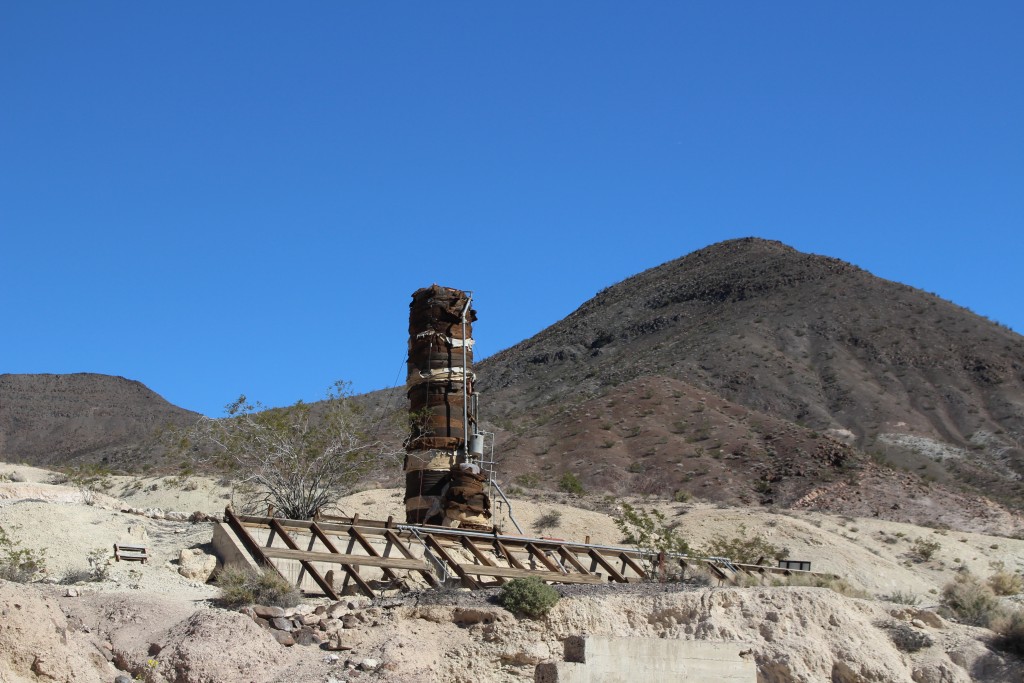
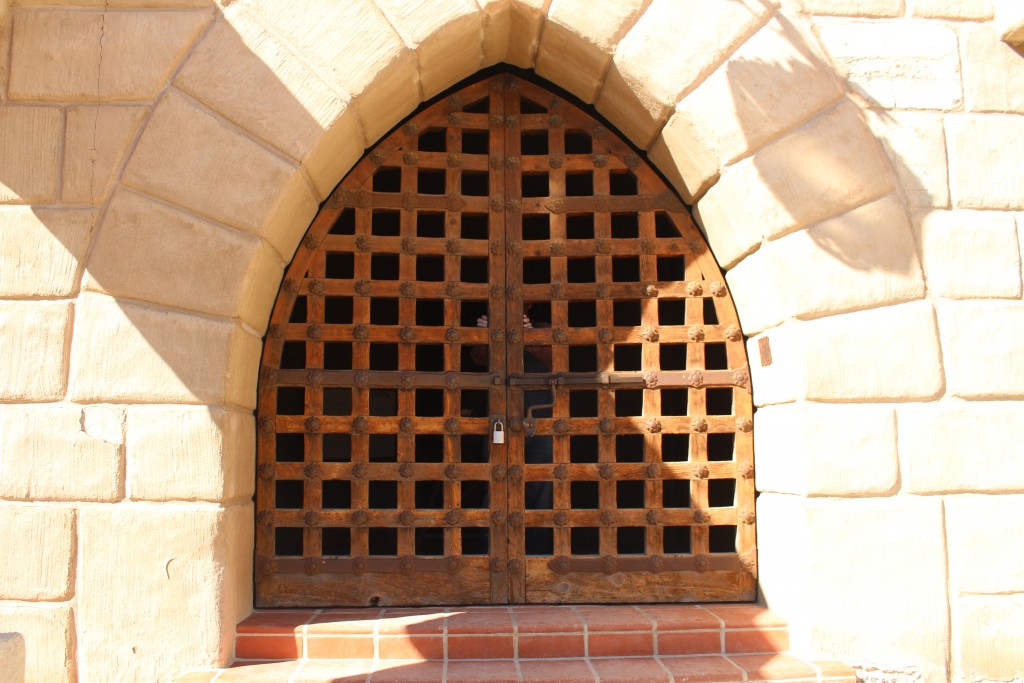
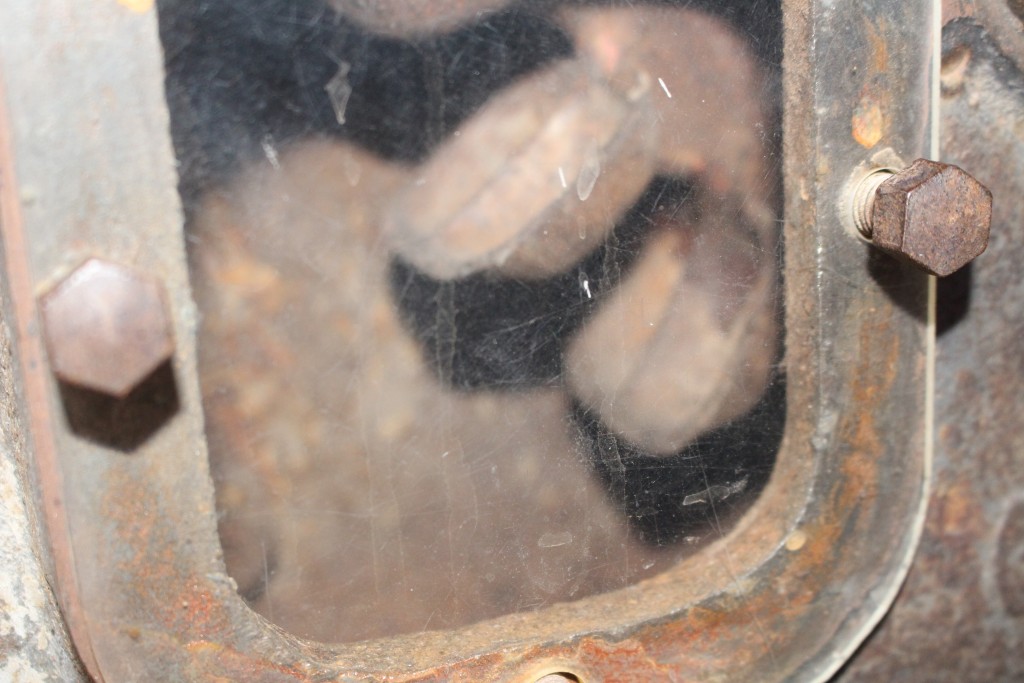
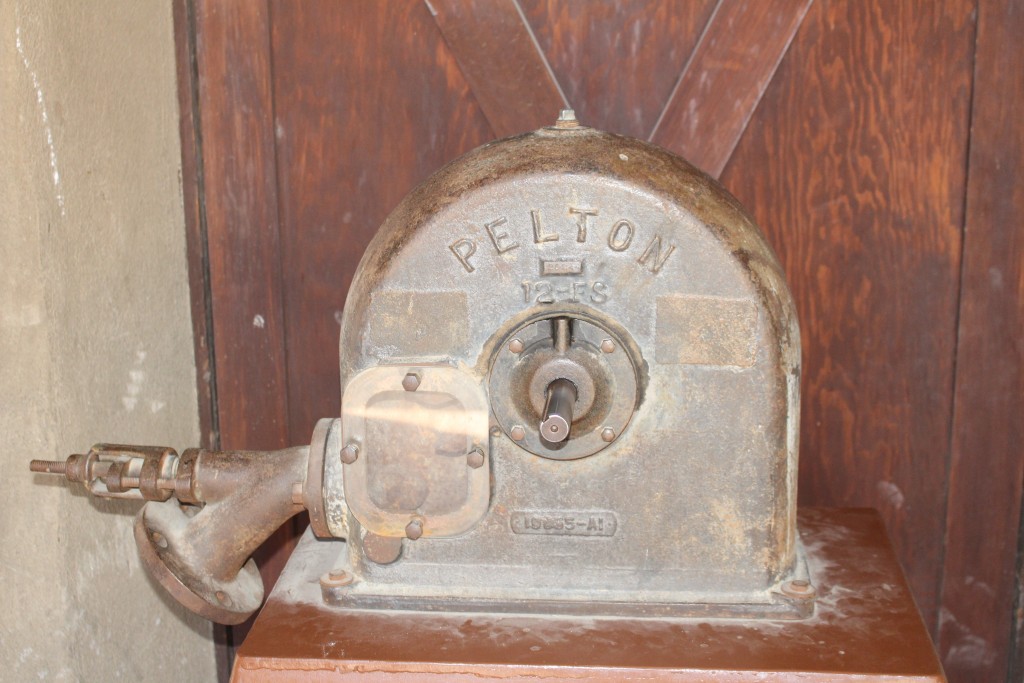
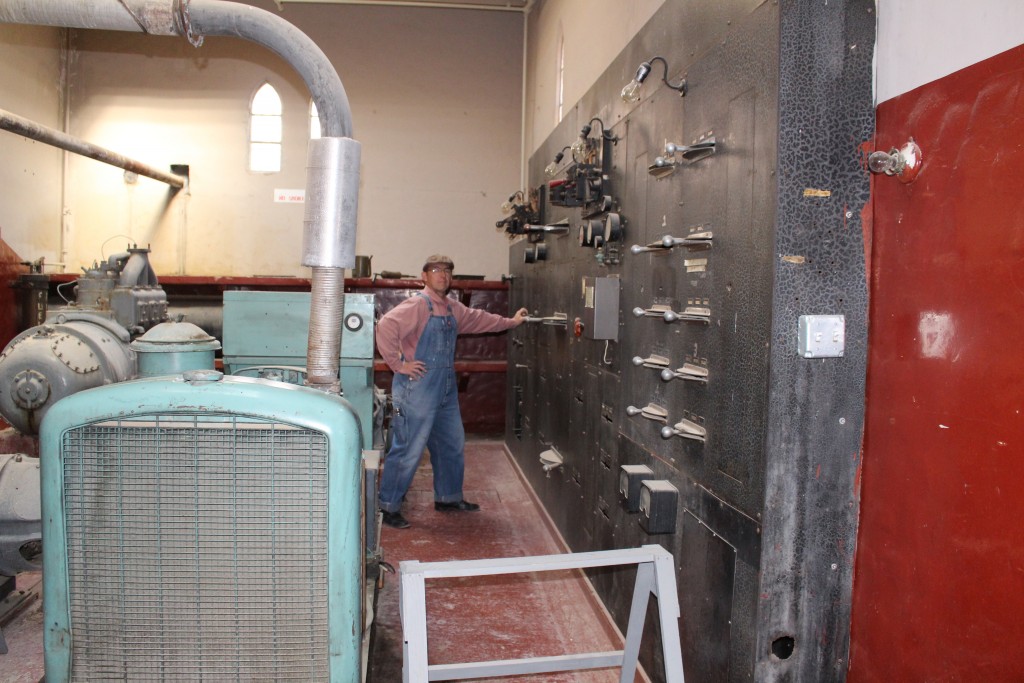
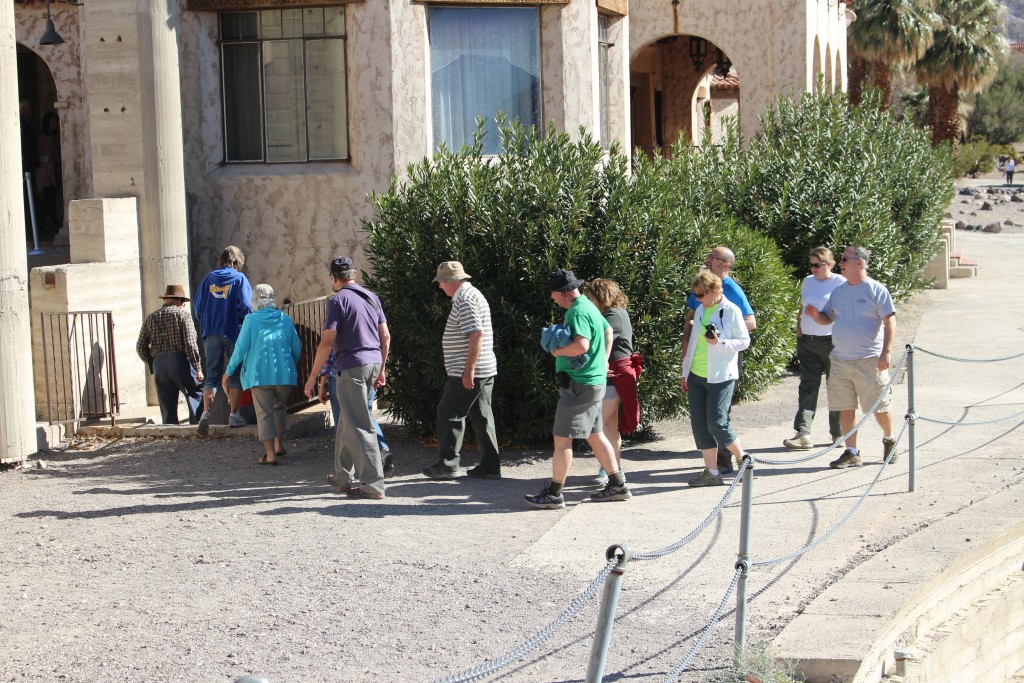
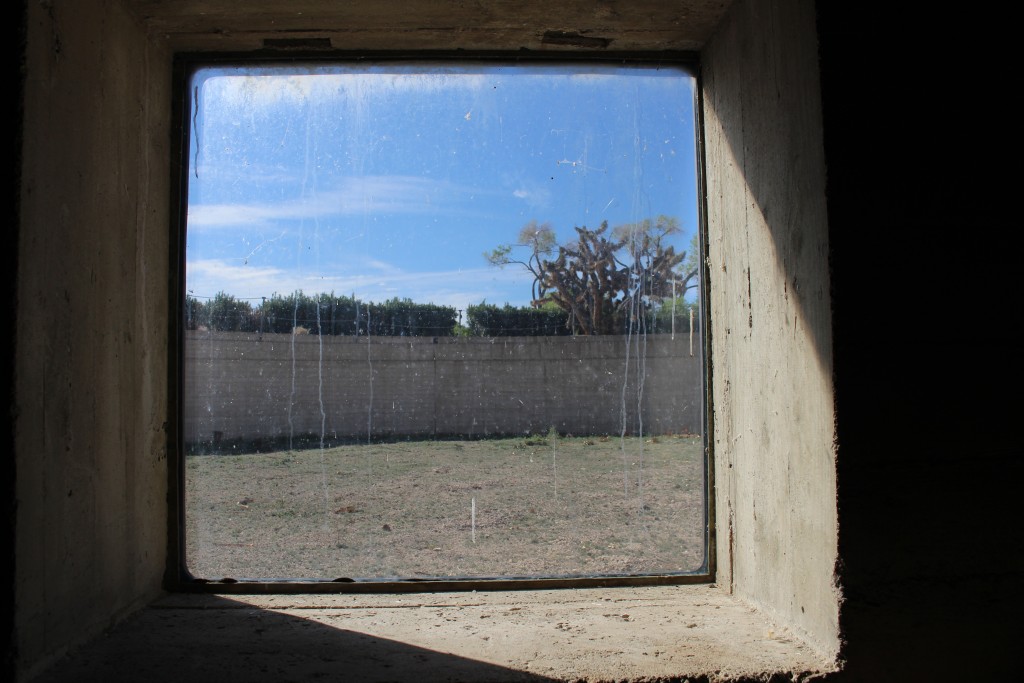
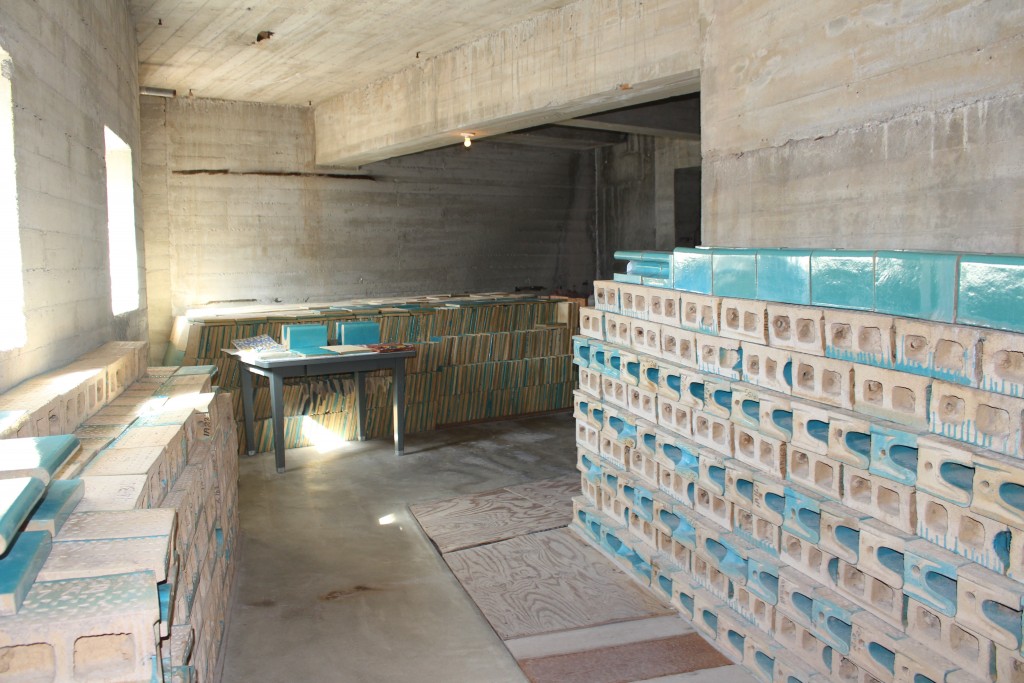
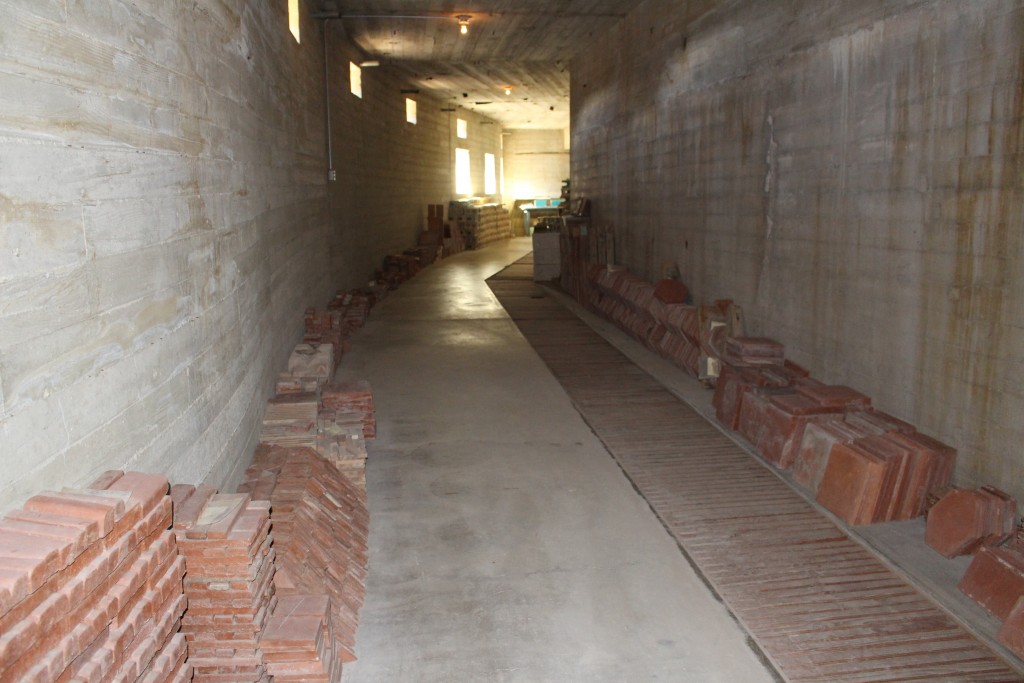
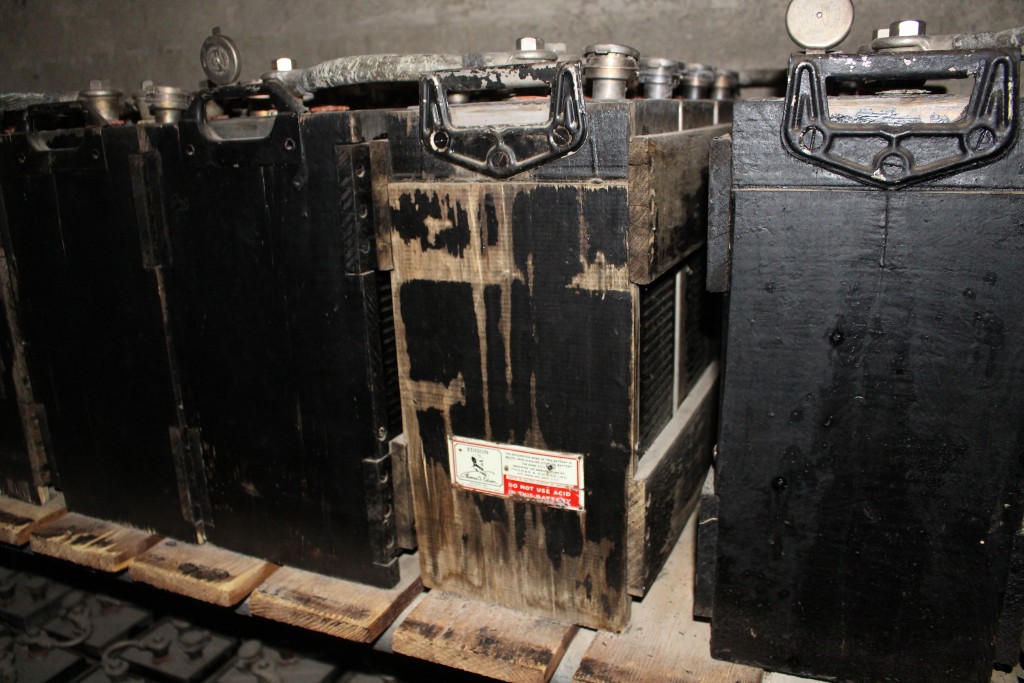
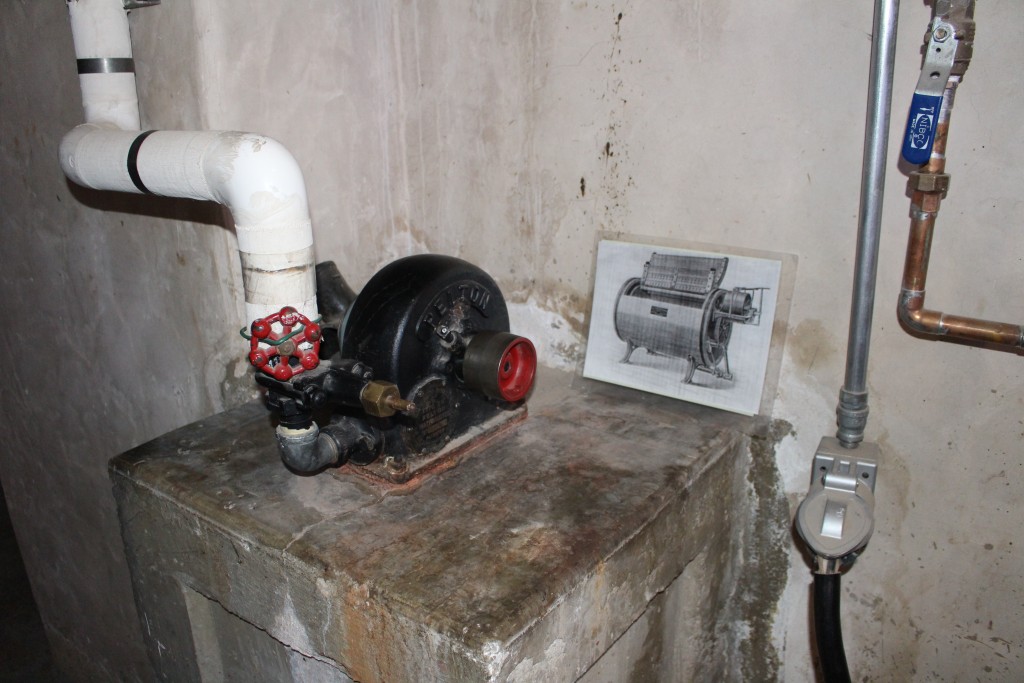
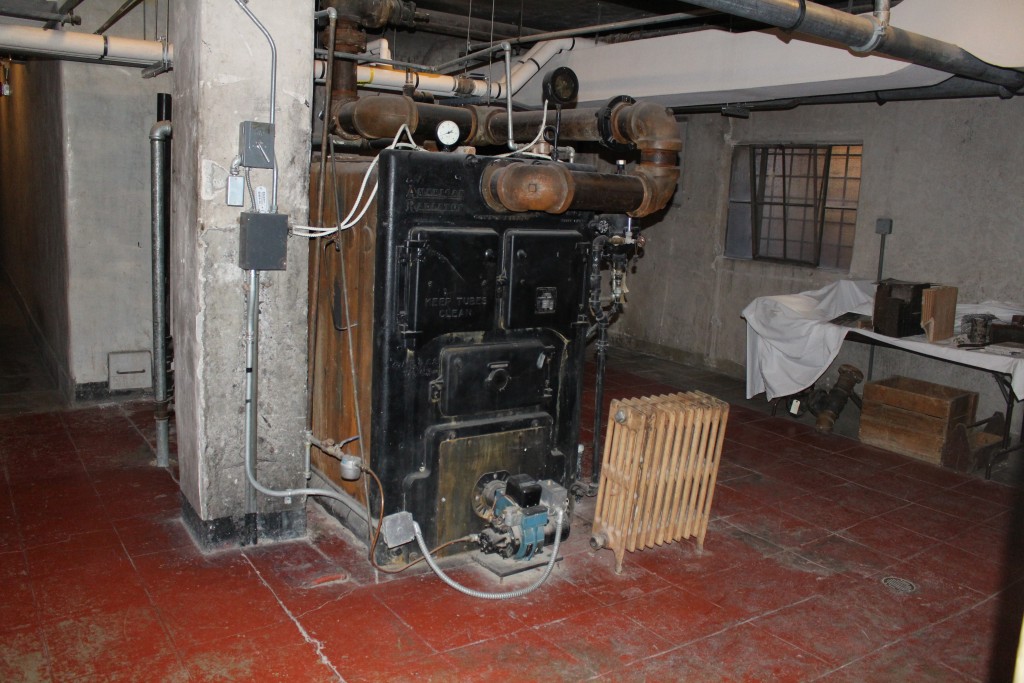
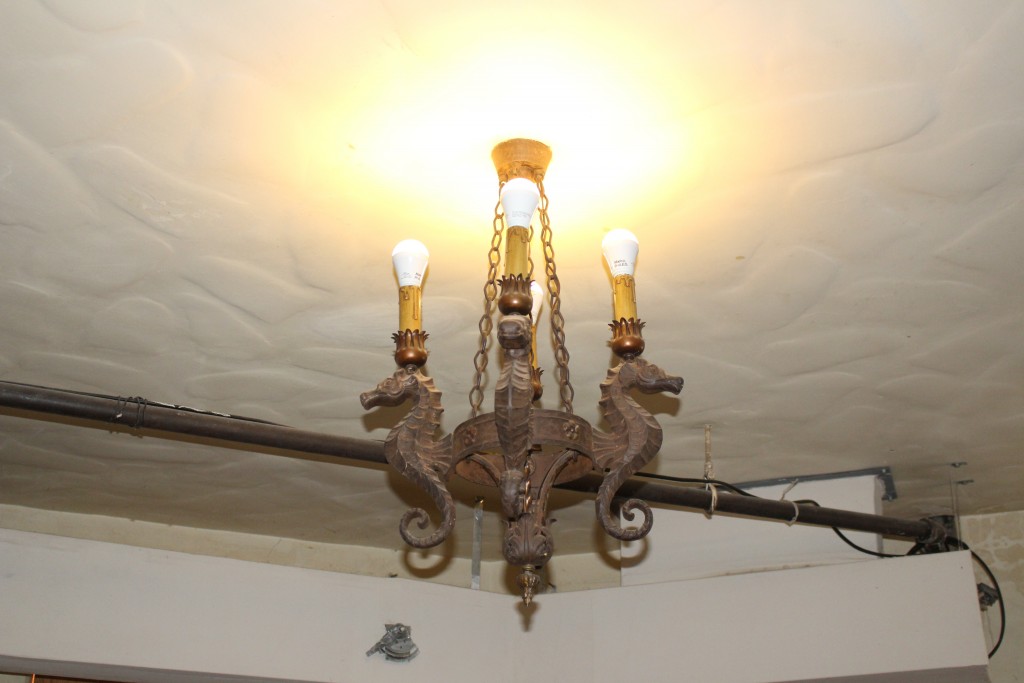
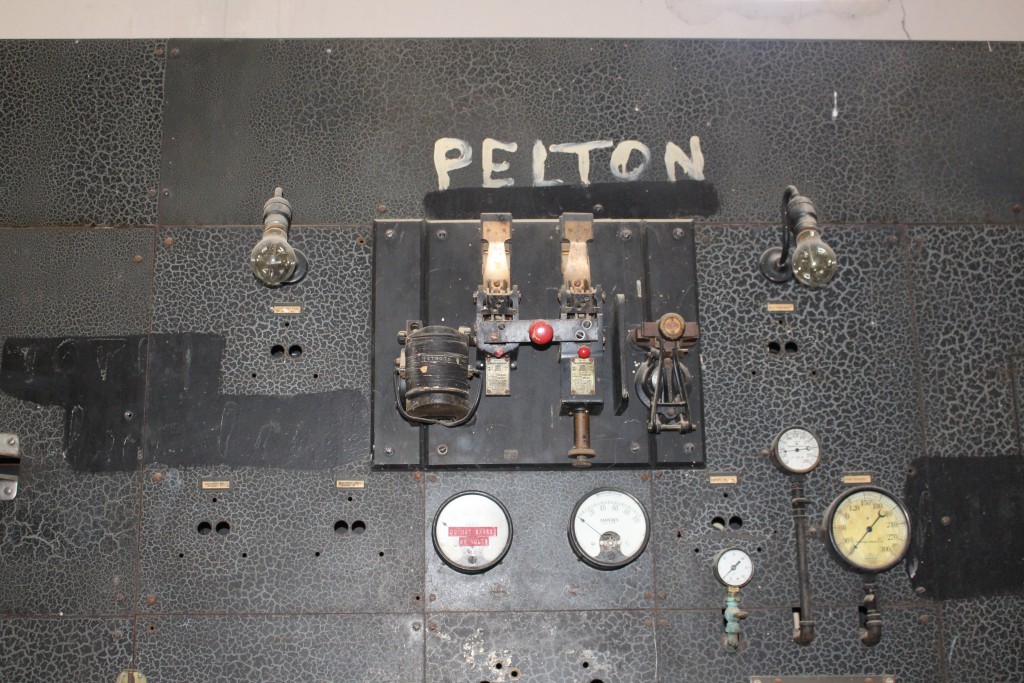
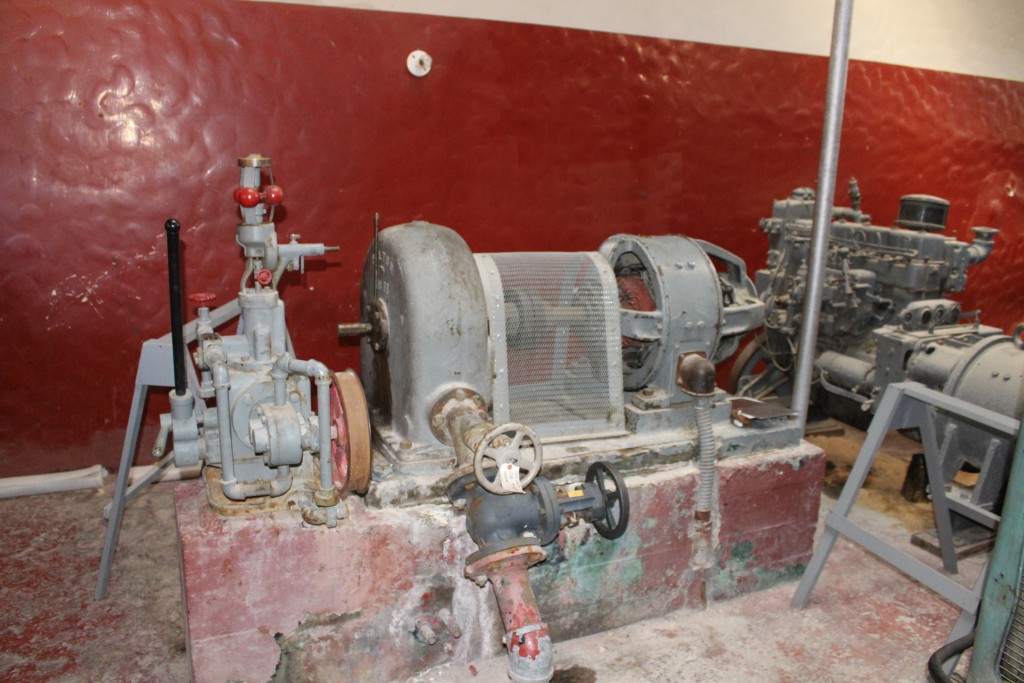
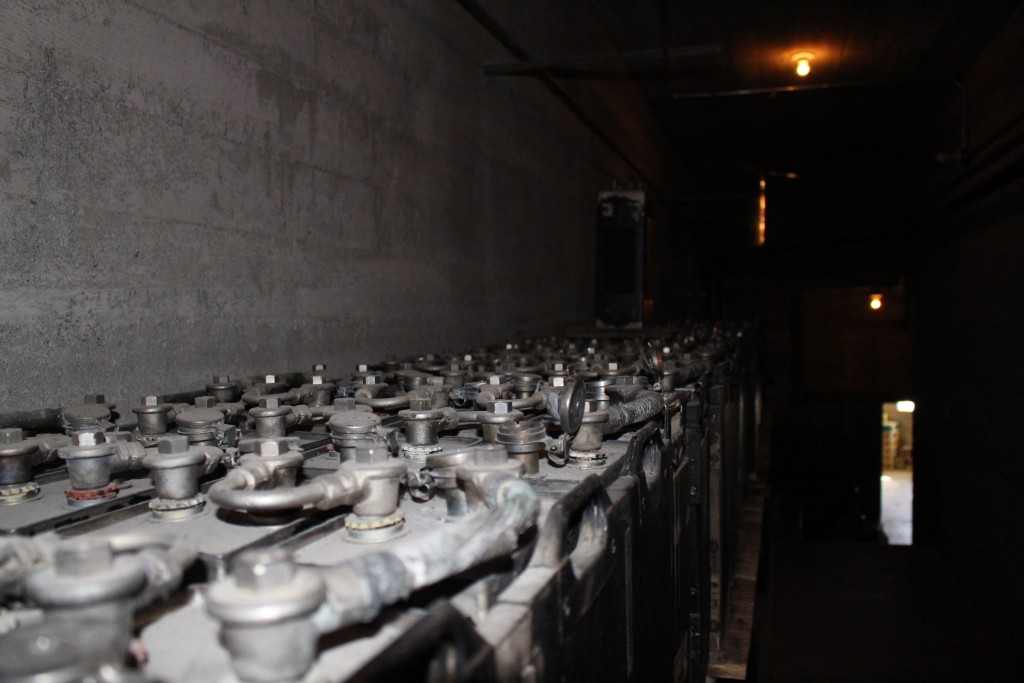
Interesting.
Sounds like Tom is in his element 🙂 and I love those blue tiles! They look gorgeous.